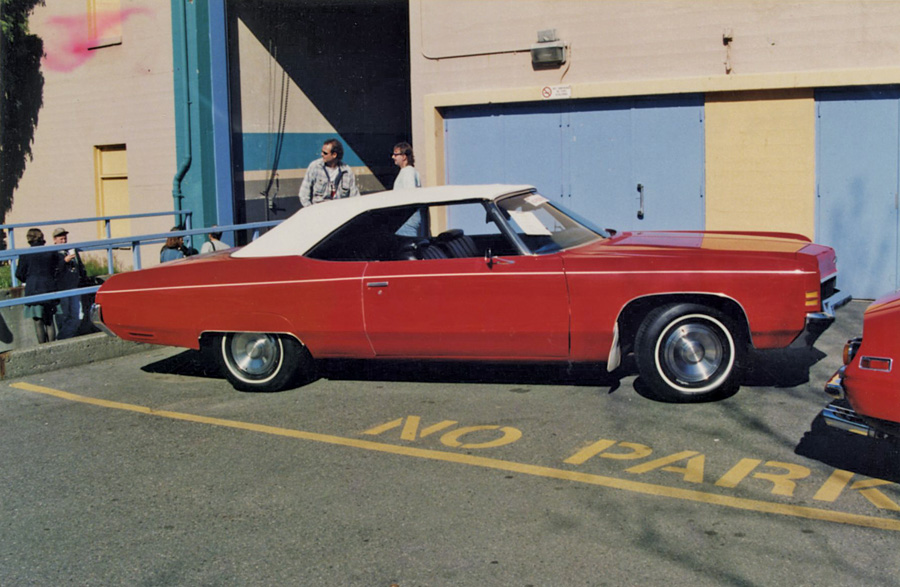A red 1972 Chevrolet Impala convertible was the very first car I bought at an auction. It was 1995. My then-wife Cindy Banzer and I drove seven hours north from Portland to Bob LeFlufy’s AutoClassic auction in Vancouver, B.C. Alexandra, just 4 years old, accompanied us. “LeFluf,” since deceased, was a classic-car raconteur, the Canadian equivalent…
Birth of an Obsession

